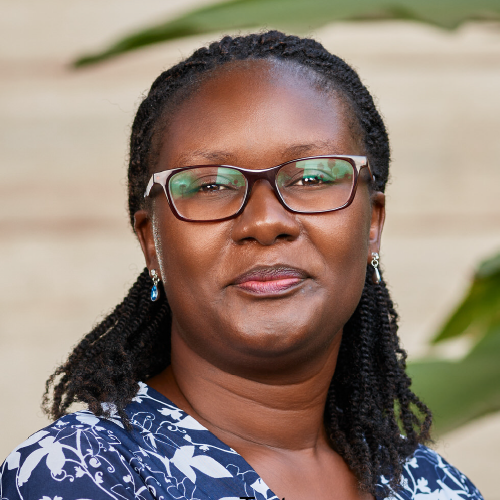
Dr. Joyce Nakatumba-Nabende holds a PhD in Computer Science from Eindhoven University of Technology, The Netherlands, a Master of Science in Computer Science from Makerere University, Uganda and a Bachelor of Computer Science from Mbarara University of Science and Technology, Mbarara, Uganda. She is a senior lecturer in the Department of Computer Science, School of Computing and Informatics Technology, College of Computing and Information Sciences. She is the current head of the Makerere Artificial Lab under the department of Computer Science. Her major research interests are in the areas of Artificial Intelligence, Machine Learning, Natural Language processing and Business Process Management. She contributes to building the capacity of African data scientists and ensures diversity and gender equity in her research.
Currently, she is a member of the Educational Advisory Committee of the Association for Computing Machinery, a board Member Data Science Africa, a member of the Responsible Artificial Intelligence (RAIN) Africa Network, a founding Member of the Open for Good Alliance Inclusive AI Commons with Localized Data by FAIR Forward and GIZ and a research scientist as part of the ARUA – The Guild Cluster of Research Excellence Addressing Global and African Challenges through Methods from Artificial Intelligence, Data Science and Theoretical and Computational Thinking.
